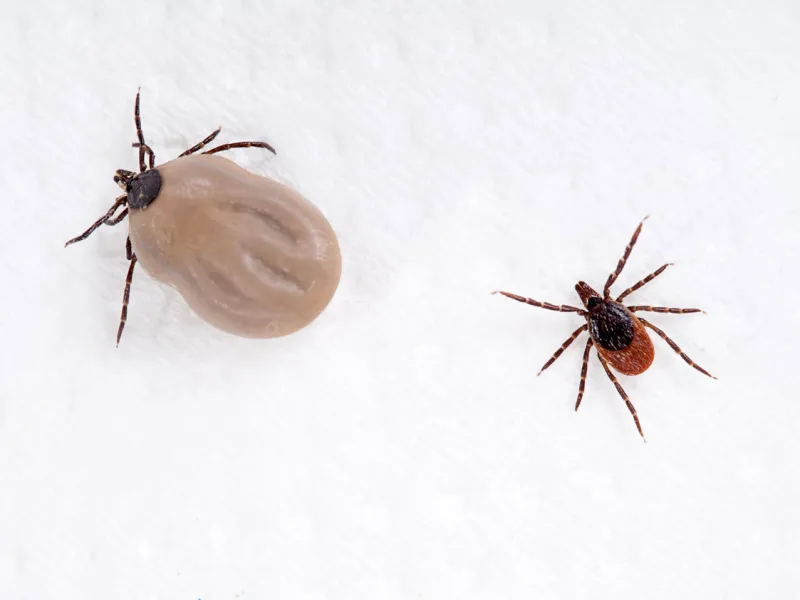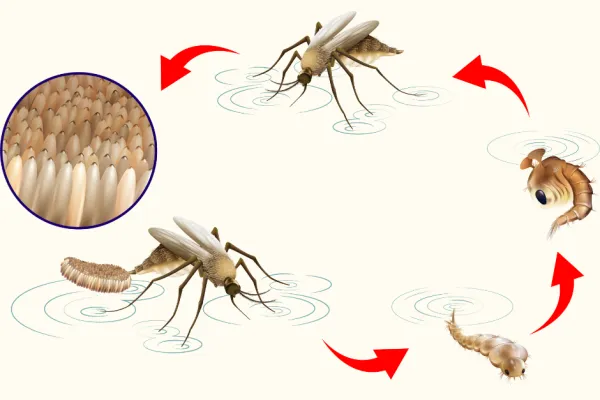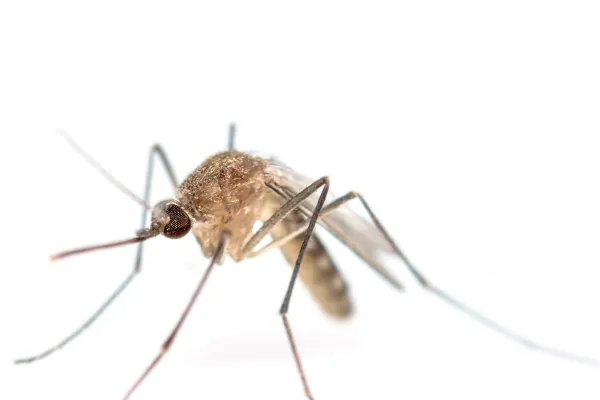3 Common Diseases Transmitted By Mosquitoes and Ticks

Insects and arachnids have essential roles to play in the environment, but these creepy crawlies can also harbor and transmit diseases to humans. The majority of insects and ticks that you or your pets come into contact with will not be life threatening - most of the time, these creatures are a nuisance and nothing more. However, some of them can and do create problems for people. For your reference, we've listed below some of the most common diseases transmitted by insects and ticks.
Lyme Disease
Lyme disease is the most-reported vector-borne illness in the United States. In contrast to viral infections, vector-borne diseases require a living organism to transmit the harmful microorganisms (think mosquitoes, flies, and ticks). Lyme disease is transmitted by the bite of an infected Ixodes scapularis tick and is most often reported in the northeast and Midwest.
Symptoms usually appear at any time from 3 to 30 days following the bite. In some rare cases, symptoms may even take several months to surface. Early indications of a problem include flu symptoms such as fever, chills, headaches, fatigue, and muscle pain, as well as a characteristic circular rash that may take the form of a bulls-eye. Long-term reactions can include arthritis, mental confusion, fatigue and continued muscle pain.
Most people who are bitten by a tick will not contract Lyme disease. Not all ticks are carriers; even if they are, whether or not Lyme disease is contracted and how severe the symptoms are will depend on how long the tick was attached. Early treatment of the condition cures the infection in the majority of cases.
Malaria

Malaria is mainly of concern for travelers to tropical and subtropical regions, although cases have been reported in more than 100 countries around the world.
Malaria is spread by the bite of infected Anopheles mosquitoes. When the female mosquitoes feed, they will mix the malaria parasites into their host's red blood cells. Unfortunately, this means that malaria can also be transmitted through blood transfusions, organ transplants, or any other action that results in the sharing of contaminated blood.
Symptoms generally occur within 10-days to 4-weeks of the mosquito bite, but there can be wide fluctuations. Even after treatment, some forms of malaria are categorized as "relapsing" and can cause symptoms to return up to 4-years later. Similar to Lyme disease, many of the symptoms are shared with those of the flu. Malaria can also cause anemia, jaundice, mental confusion and more.
Ehrlichiosis
Ehrlichiosis is another disease transmitted by ticks that is consistently among the most reported in the United States. Although several species of ticks can transmit this disease, the Lone Star tick is most often the culprit. Before any reactions to the bite can occur, the tick has to be attached and feeding for at least 24 hours
Ehrlichiosis also creates flu-like symptoms that develop within a week or two of the bite, but when treated with antibiotics, this condition usually improves in just a few days. Some people's symptoms may be so mild that they do not notice them and they will recover without any treatment.
Please note that not all species of ticks and insects are carriers of disease, but if you have concerns, it's best to contact a health service professional. For more information on protecting yourself from ticks, contact Palmetto Exterminators.


